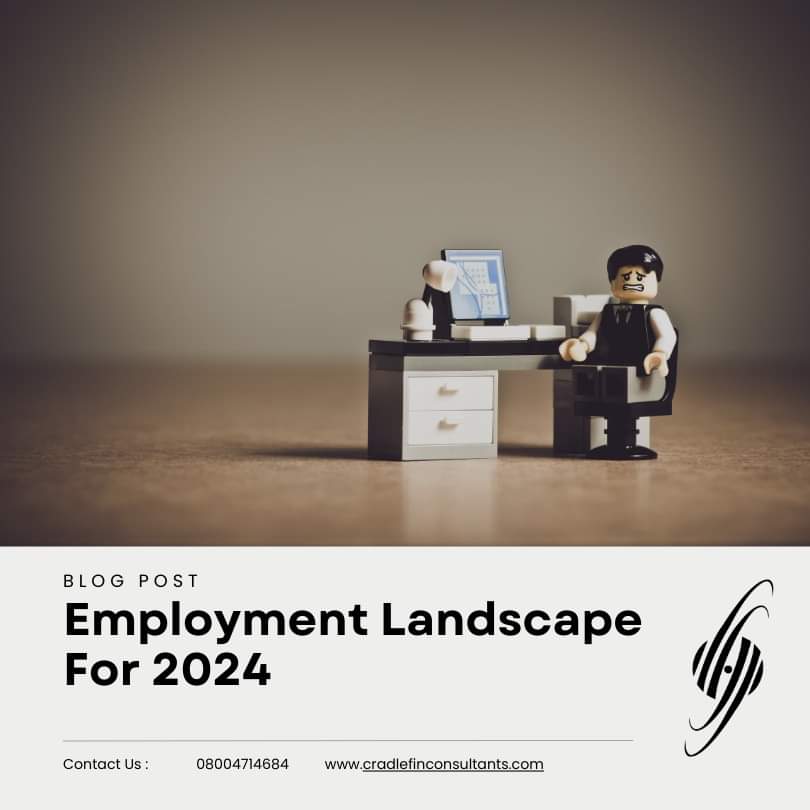As COVID-19 hit England last spring, the health service faced workforce shortages of over 100,000 staff. Around 40% of the staffing shortfall was in nursing. Capacity constraints of all kinds have been an important backdrop to the management of the pandemic. Equipment and buildings matter, but throughout COVID-19 the key risk was not having enough staff to safely treat all the patients needing care.
Workforce shortages are not new in the NHS – they are a recurring and enduring feature of the health service over the last 70 years. The reasons for such shortages are complex. A historical reliance on international recruitment may be part of the story. A bias in the UK to focus on the exchequer cost of training doctors and nurses (which is expensive), but not the cost associated with the failure to train enough staff is another factor. More broadly, workforce shortages are totemic of the short-termism that dominates national policymaking. This isn’t a health-specific issue – on skills, infrastructure and climate change, governments of all persuasions repeatedly end up focusing on the urgent at the expense of the important.
In 2017, a House of Lords Select Committee argued that the absence of any comprehensive national long-term strategy to secure the appropriately skilled, well-trained and committed workforce that the health and care system will need over the next 10–15 years represents ‘the biggest internal threat to the sustainability of the NHS’.
The REAL Centre has been established at the Health Foundation to provide evidence and analysis focused on the fundamental long-term challenges facing the health and care system. Workforce is at the heart of our programme. Our recent workforce report found that although overall nursing numbers have gone up by 8% since 2010, this is significantly below the increase in demand. Moreover, the number of health visitors and nurses working in community nursing, mental health and learning disability services are all lower than they were in June 2010.
Last month we held a roundtable discussion bringing together academics, profession leaders and policymakers to discuss the priorities for action on workforce. It’s easy to be gloomy but amid all the challenges there are also some encouraging signs. Last year, the number of students starting a nursing degree in England increased by 27% compared to 2019, and applications for nursing courses for September 2021 are up by over a third. But these green shoots will need nurturing in order to bear fruit.
There is no single silver bullet solution to the workforce shortages in the NHS. The scale of the challenge means action is needed across multiple training routes (undergraduate, post-graduate and apprenticeships, return to practice, international recruitment), and retention must also be prioritised – therefore flexible working, progression and career opportunities, along with pay, are all important. But NHS workforce challenges can’t be solved in isolation from the wider labour market. The NHS will suffer if social care suffers: data show the number of registered nurses working in adult social care fell by 30% between 2012/13 and 2019/20.
Meeting the government’s manifesto commitment of 50,000 extra nurses employed in the health service by 2024/25 is necessary but it’s not sufficient. The target for headline nurse numbers isn’t a substitute for a comprehensive workforce strategy that looks holistically at how to secure the right number of staff, with the right skills, and most importantly how to establish the right relationship between the service and those who work in it. The experiences of NHS staff from minority ethnic groups show that for too many, the health service still has a long way to go to meet the ambition to be the ‘best place to work’, as set out in the interim people plan.
Alongside the welcome increase in numbers, there needs to be fundamental change to put workforce strategy and planning on a much firmer footing. That is why we have joined with The King’s Fund and Nuffield Trust to call for a new clause in the forthcoming NHS Bill, to require Health Education England and the government to publish independently verified annual projections of the expected demand and supply of health and care workers looking 15 years ahead, both nationally and locally.
Whatever the outcome of parliament’s deliberations on these issues, at the REAL Centre we will continue to build the evidence on the long-term needs for the health and social care workforce. We are working hard to improve the projection models that should inform a comprehensive workforce strategy. In the autumn we will be publishing new projections for the nursing workforce and are currently selecting a partner to work with us to develop a model of the social care workforce. We hope this work will support a much better understanding of the full range of factors that influence trends in supply for many years to come.
Get in touch with Cradlefin Consultants team a premier destination for talented candidates and clients committed to recruiting and developing top tier professionals if you need help with your recruitment: recruitment@cradlefinconsultants.com






